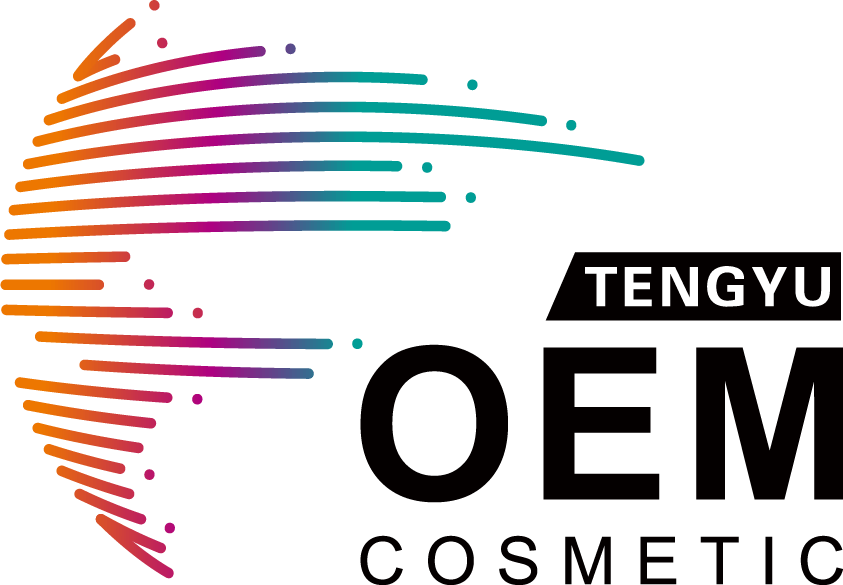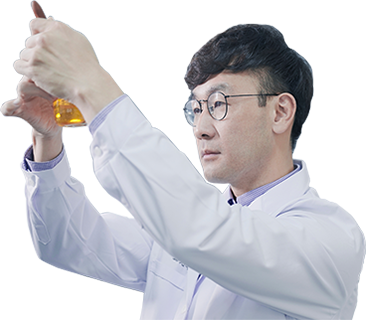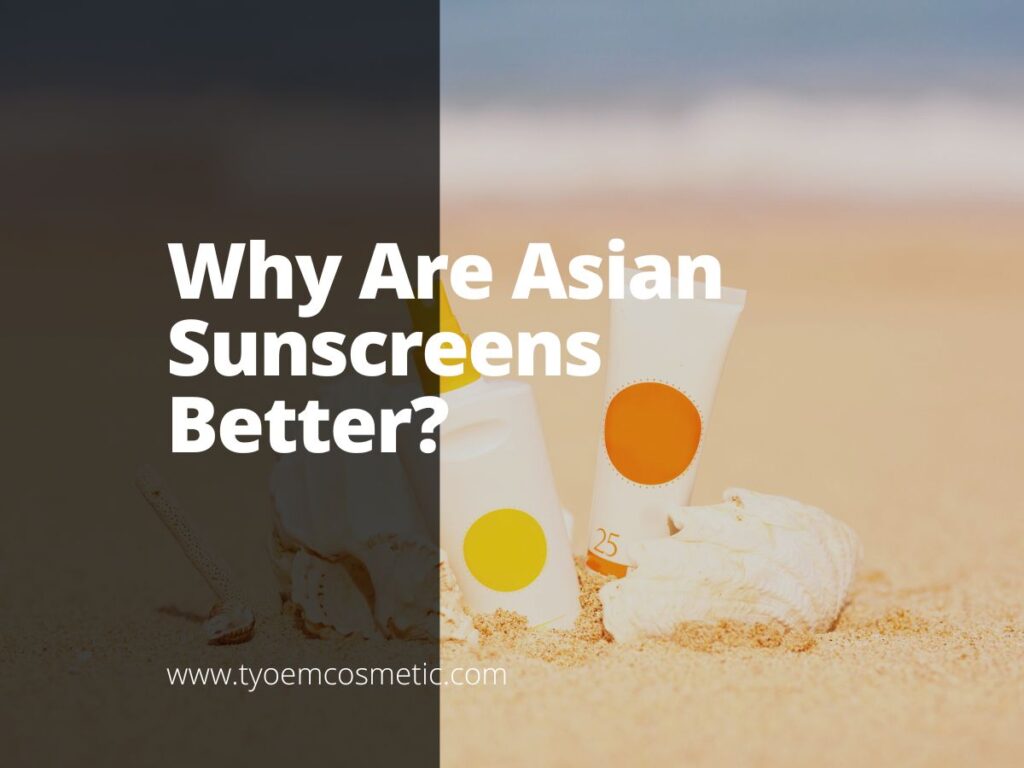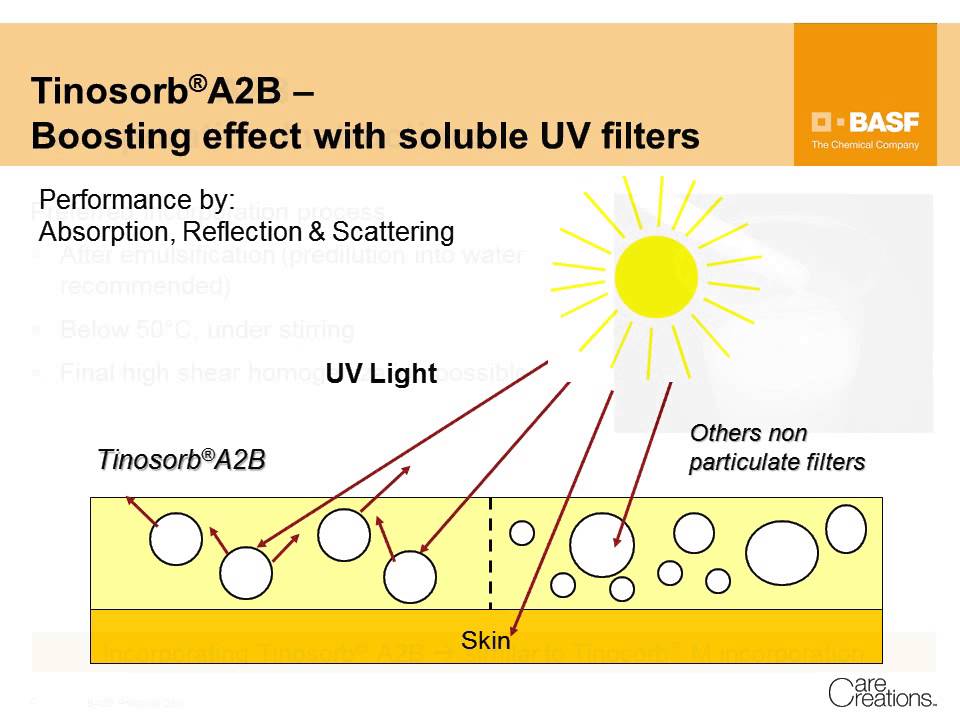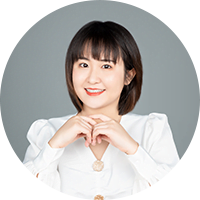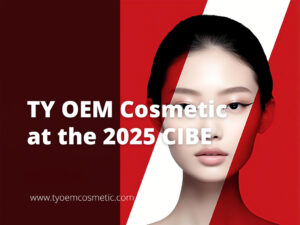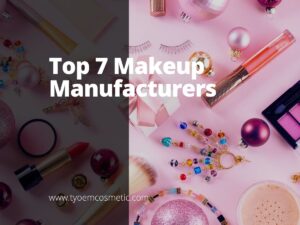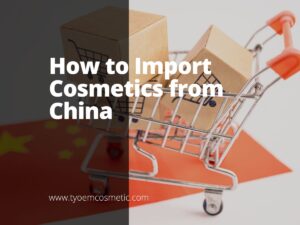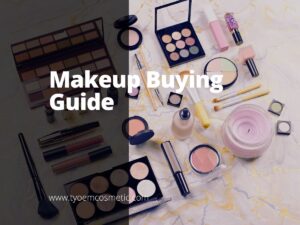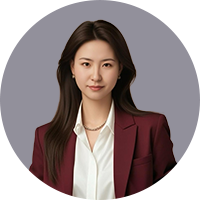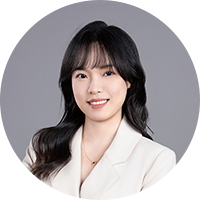Struggling to find the right sunscreen formula for your brand?
I’ve been there, sampling product after product, only to face the same issues: thick textures, overpowering scents, and a sticky finish that nobody wants.
But that changed during a sourcing trip to China.
Out of curiosity, I grabbed local sunscreen from a convenience store. I didn’t expect much just another sample to try.
But after one application, I paused. The feel, the finish, everything was different. Better.
That single experience forced me to rethink how I approached sunscreen in my brand.
In this article, I’ll walk you through what I discovered about Asian sunscreens, why they stand out, how they’re formulated differently, and what makes them a top choice for beauty brands worldwide.
We’ll cover textures, filters, and product development insights that could help your brand scale with better-performing sunscreens.
Let’s get started!
1. Benefits of Using Asian Sunscreen
Sunscreen isn’t just for summer anymore. These days, it’s something people use every day and it says a lot about how they feel about a brand.
Have you heard people talking about Asian sunscreens? There’s a good reason why. These sunscreens don’t just work well, they actually make you rethink what “good” sunscreen means.
I’ve tried a few myself, and here’s what I liked most:
Provides Higher UVA Protection
Asian sunscreens often use an additional rating system: PA, which stands for Protection Grade of UVA.
- UVA rays penetrate deeper and cause aging and long-term skin damage.
- The PA system uses plus signs:
- PA+ = Some UVA protection
- PA++++ = Extremely high UVA protection
Having a visible UVA rating makes it easier to explain benefits to your customers and build trust with ingredient-conscious buyers.
Better Compatibility
Asian sunscreens are often designed to solve exactly those problems. Many use gel, milk, or watery essence textures that absorb fast and leave no residue. I still remember how surprised I was the first time I tried one in Shanghai. It was like applying a hydrating toner, not sunscreen.
Supports Sensitive Skin
Many Asian sunscreens include calming ingredients like:
- Centella asiatica (helps reduce redness)
- Green tea extract (offers antioxidant support)
- Hyaluronic acid (hydrates and soothes)
These aren’t just trendy add-ons. They’re smart choices that help your customers reduce irritation especially in humid or high-pollution environments.
Meets Stricter Standards
In countries like Japan, South Korea, and China, sunscreen isn’t treated like just another cosmetic. It’s often classified as a quasi-drug or functional cosmetic. That means:
- They must pass performance tests
- It follows stronger product safety laws
- Claims must be backed by data
This translates to stronger positioning, especially in premium, clean, or clinically backed product lines.
That’s why Asian sunscreens aren’t just popular, they’re smart picks for brands that want better performance, safer ingredients, and daily formulas people actually enjoy using.
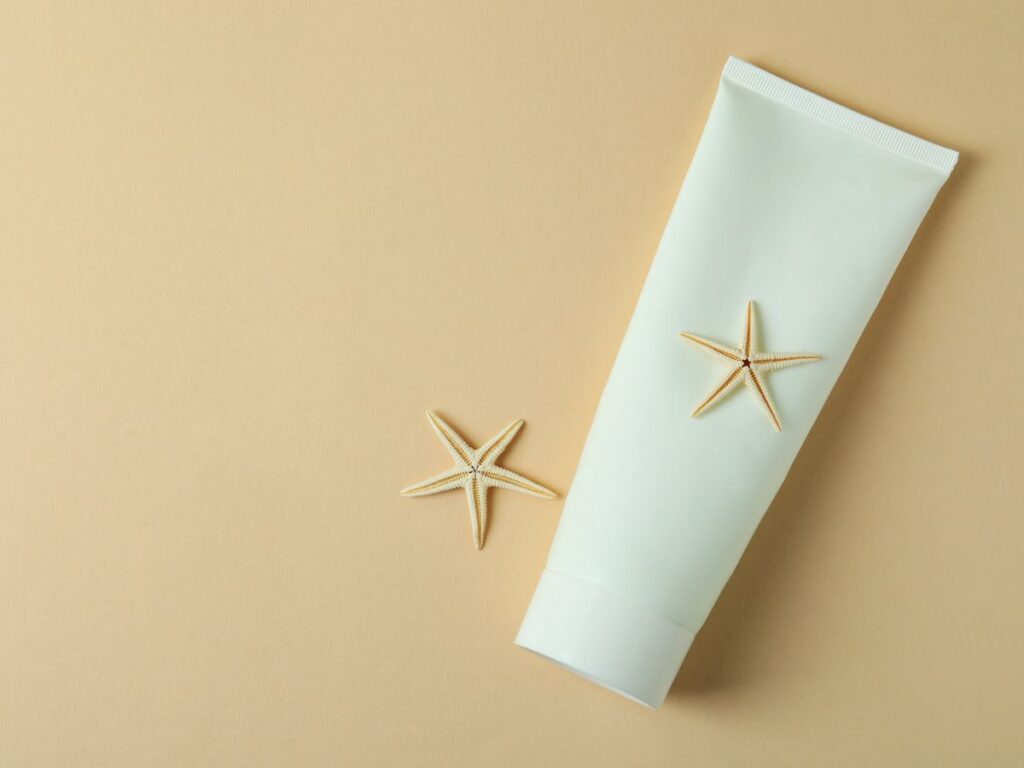
2. Advanced UV Filters Used in Asian Sunscreen
One of the biggest reasons Asian sunscreens perform better is their use of modern UV filters.
These filters offer more stability, better texture, and broader protection. Many of them aren’t yet approved in the U.S., but they’re widely used in Europe countries.
If your current formulas rely mostly on zinc oxide, titanium dioxide, or avobenzone, here’s what you need to know about newer options used in Asian sunscreens:
Tinosorb S and Tinosorb M
These are two of the most popular filters in high-quality Asian sunscreens.
- Tinosorb S blocks both UVA and UVB rays and doesn’t break down easily in sunlight.
- Tinosorb M also blocks both kinds of rays and mixes well with water, which helps it spread smoothly.
Both are non-greasy and feel very comfortable on the skin.
From my testing, these filters caused fewer skin problems than older ones like avobenzone.
They’re great if you’re making products for people with sensitive skin or daily-use sunscreens that need to be reapplied often.
Uvinul A Plus and Uvinul T 150
These filters are often paired together for full-spectrum coverage.
- Uvinul A Plus (Diethylamino Hydroxybenzoyl Hexyl Benzoate)
- Targets long UVA rays
- Helps prevent dark spots and fine lines
- Uvinul T 150 (Ethylhexyl Triazone)
- Very effective against UVB rays
- Offers strong surface protection
These are highly photostable (don’t break down in the sun), so your formula remains effective longer.
Encapsulation and Filter Layering
Some Asian sunscreens use encapsulation, which means the UV filters are coated in tiny layers.
Why it matters:
- Makes the product feel smoother
- Reduces irritation
- Helps build high-SPF products that still feel comfortable
These sunscreens with encapsulated filters felt almost like a serum. No greasiness. No flaking.
Formulas with these advanced UV filters don’t just protect better, they also feel better, making them easier for your customers to use every day.
3. Popular Asian Sunscreen Brands to Explore
Getting serious about sunscreen testing meant trying every kind available especially the most popular ones from Asia.
The goal wasn’t just to see how each formula felt on skin. It was to understand why so many customers choose these products for daily use.
Here are 5 sunscreen brands worth exploring:
Biore
Star Product: UV Aqua Rich Watery Essence SPF50+ PA++++
It’s one of Japan’s bestsellers—and for good reason.
- Feels like watery gel, not heavy cream
- Uses Uvinul A Plus and Tinosorb S for stable UVA/UVB protection
- No white cast, no stickiness
Their formula is often recommended for daily use due to its lightweight feel and strong protection.
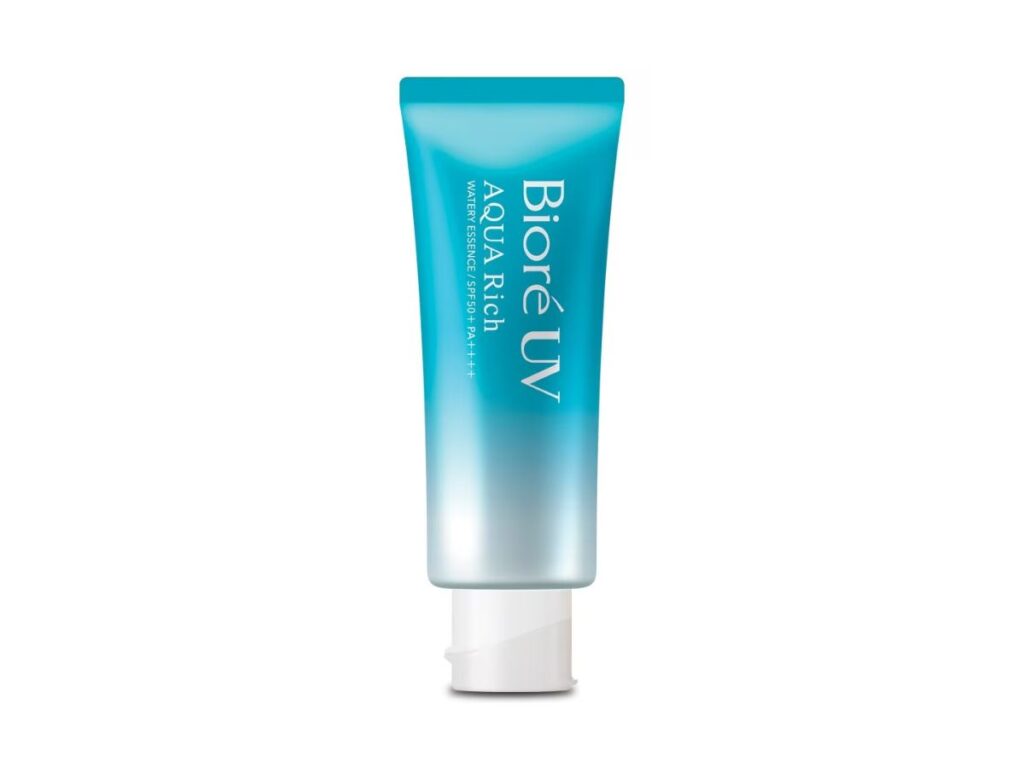
Skin Aqua
Star Product: Super Moisture Gel SPF50+ PA++++
Skin Aqua’s line focuses on hydration and gentleness—a great fit if your target market includes people with sensitive or dry skin.
- Contains multiple forms of hyaluronic acid
- Fragrance-free and alcohol-free
- Lightweight and non-irritating
- Affordable yet high-performance
Other brands also have hydrating options, but Skin Aqua stands out for offering skin-friendly ingredients at a price point that works for everyday use.
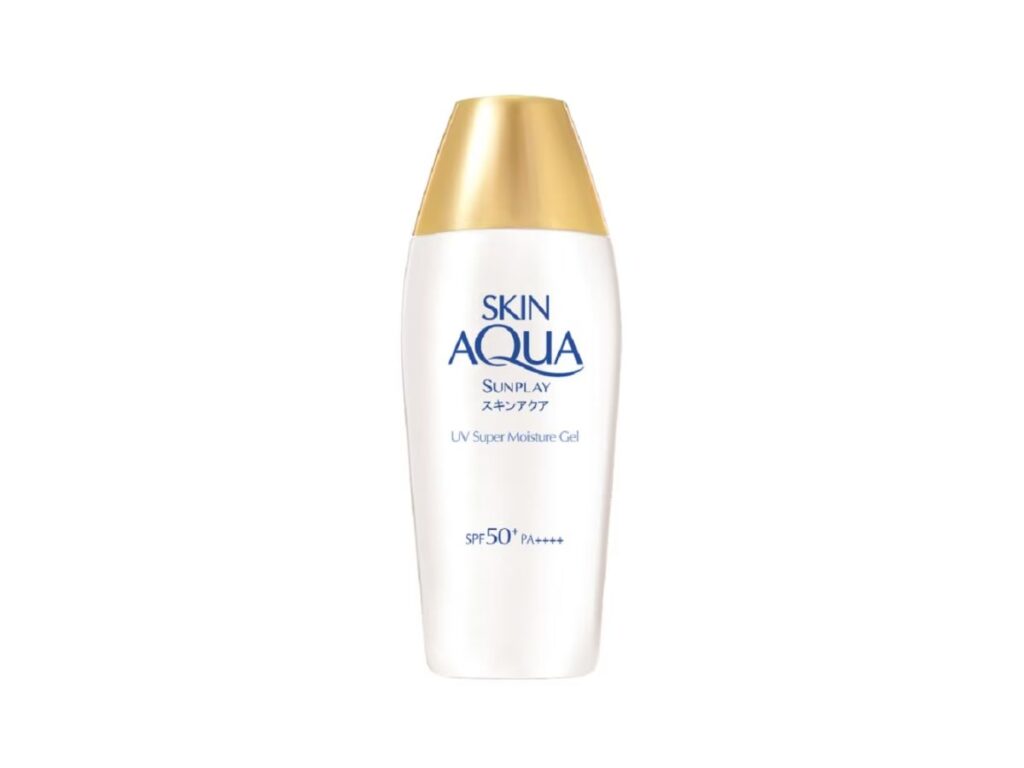
Beauty of Joseon
Star Product: Relief Sun: Rice + Probiotics SPF50+ PA++++
This brand stands out by blending traditional Korean herbal ingredients with modern sun filters.
- Uses Tinosorb S for broad-spectrum UV protection
- Contains rice extract and probiotics to soothe skin
- Leaves a natural glow, no greasy finish
- Often praised for its moisturizing feel without clogging pores
This one impressed me most with how it made my skin feel protected and nourished at the same time.
If you want products like these brands offer, you’ll need a manufacturer from Asia, TY Cosmetic is a great option. They’re known for developing gentle, high-performance formulas that meet real customer needs.
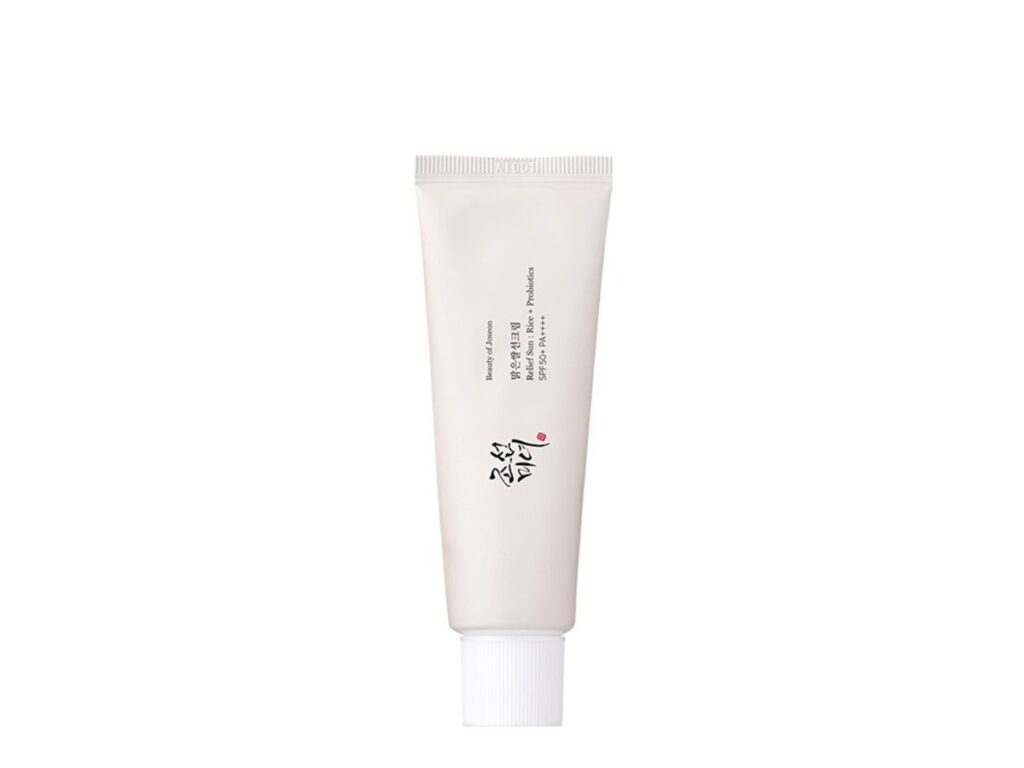
4. Asian Sunscreen vs. Other Global Sunscreen Standards
When comparing global sunscreens, the key differences weren’t in branding but in UV filters, regulations, and real-world performance. Asian sunscreens tend to align more closely with what today’s customers expect.
Here’s a simple side-by-side breakdown from a product development point of view.
| Feature | Asian Sunscreen | Western Sunscreen (U.S.) | European Sunscreen (EU) |
| UV Filter Access | Broad, modern filters (Tinosorb S, Uvinul A+) | Limited to older FDA-approved filters | Broad, includes Mexoryl SX, Tinosorb |
| Regulatory Classification | Quasi-drug (Japan), Functional Cosmetic (Korea) | OTC Drug (slow approval for new filters) | Cosmetic product, SPF is tightly regulated |
| UVA Rating System | PA System (PA+ to PA++++) | “Broad Spectrum” (no UVA score breakdown) | UVA circle symbol (1/3 of UVB) |
| Formulation Flexibility | High, multiple filters + skincare ingredients allowed | Restricted due to FDA filter list and drug regulations | Moderate, broader filter use but more preservative limits |
| Texture Expectation | Lightweight, fast-absorbing, skin-care like | Often greasy, thick, or pasty | Moderate, can be elegant depending on brand |
| White Cast Risk | Low, uses clear chemical filters | Medium to high, often mineral-based | Low to medium, advanced filter options available |
| SPF Label Clarity | Clear, SPF and PA listed separately | SPF only, UVA rating not clearly explained | SPF + UVA symbol required |
| Innovation Speed | Fast, frequent new launches and textures | Slow, new filters can take years to approve | Moderate, faster than U.S., slower than Asia |
| Consumer Use Behavior | Daily wear expected, integrated into skincare | Often used only during sun exposure | Mix of daily and recreational use |
| Market Adaptability | High, ideal for hot, humid, or sensitive-skin markets | Limited, fewer options for texture and tone inclusivity | High, often tailored to cosmetic performance |
| Brand Perception | Skin-first, functional, minimalist appeal | Protective-first, clinical, functional | Often viewed as cosmetic-forward, derm-backed |
Asian sunscreens offer more room for creative formulation, higher reapplication usability, and stronger appeal for daily skincare integration.
5. Common Myths and Misconceptions
If you’re thinking about adding Asian sunscreens to your brand, someone on your team may push back.
Maybe it’s your distributor.
Maybe it’s someone in your own office who just isn’t sure.
From my own experience working with international labs and testing products across markets, I’ve seen firsthand how these myths can block smart decisions.
Let’s clear up some of the biggest misconceptions:
Myth#1 Asian Sunscreens Aren’t Made for Global Use
Some people believe these products only work for Asian skin or humid climates.
But many top sunscreens from China and South Korea are already sold and loved in:
- Southeast Asia
- Europe
- North America (through global retailers and online shops)
They’re tested on diverse skin types and perform well in different environments. These products weren’t made to stay local, they’ve gone global for a reason.
Myth#2 The Ingredients Aren’t Safe or Approved
You might hear, “It’s not FDA-approved, so we can’t use it.”
But here’s the truth:
Filters like Tinosorb S, Tinosorb M, Uvinul A Plus, and Uvinul T 150 are approved in Europe countries. They’ve been tested for stability, efficacy, and skin compatibility.
If your brand sells internationally or online, these filters are often acceptable depending on the region.
Many customers even prefer them because they feel better and perform longer.
Myth#3 Lightweight Textures Mean Lower Protection
Some teams think that if it feels light, it can’t be strong.
But Asian brands use smart formulation methods like:
- Filter layering
- Encapsulation technology
These allow products to deliver high SPF and broad-spectrum protection without heaviness.
Myth#4 Regulatory Systems Are Weaker Than Western Standards
Some assume that Asian countries don’t test their products as much. But Asian treats sunscreen like a “quasi-drug,” meaning it must be tested in labs for safety and effectiveness.
In China, sunscreen is called a “functional cosmetic,” which also requires real testing before it’s sold. These rules are often tougher than Western ones when it comes to how well the product must work in real life.
6. Considerations Before Switching to Asian Sunscreens
Exploring Asian sunscreens for product development can be exciting, but it also comes with challenges. While the formulas often offer clear advantages, the process involves more than simply placing an order and adding a label.
Here are the key factors to understand before moving forward.
Regulatory Compatibility
Not all ingredients are approved everywhere.
Filters like Tinosorb S and Uvinul A Plus are common in Asia and Europe but not yet allowed by the FDA in the U.S.
What that means to you:
- If you plan to sell in the U.S., you’ll need to stick with FDA-approved filters.
- If you sell internationally or online, you have more flexibility but still need to check each country’s rules.
Tip: Start with markets where the filters are already approved. That way, you don’t hit legal roadblocks.
Labeling and Claims
Translating your label isn’t enough. You have to adapt it to make sense in your target market.
For example:
- PA ratings are common in Asia. But many U.S. customers have never heard of them.
Before you print packaging, talk to:
- A regulatory expert
- A local marketing consultant
They can help you craft SPF, UVA, and broad-spectrum claims that are both legal and clear.
Supplier Communication and MOQ
Working with Asian suppliers felt very different from what I was used to.
Here’s what stood out:
- Time zones slowed conversations.
- Response styles were more formal or indirect.
It helped to ask very clear, direct questions:
- How long will production take?
- What packaging options are available?
It took time but once I found a partner like TY Cosmetics, it all came together. The quality, formula flexibility, and ongoing support made it worth the extra effort upfront.
Documentation and Product Files
This is one step you don’t want to skip.
Always request:
- INCI list (full ingredients)
- Stability test reports
- Preservative details
- Microbiological safety tests
Some suppliers will hand these over right away. Others may need a reminder, or two.
If you plan to sell in stores or need approval from local regulators, these files are essential.
Conclusion
I started this journey confused about sunscreen, overwhelmed by complaints and underwhelmed by results.
Asian sunscreens changed that.
Now you know what sets them apart: advanced filters, better wear, real science. You also know what to consider if you’re ready to make the switch.
So, are you ready to build something customers will love using daily?
At TY Cosmetics, we help you turn good ideas into trusted skincare products.
Contact us today to talk about formulas, sourcing, or how to grow your brand!
Discover More Options
Need more ideas? Browse through our extended range of products and discover something new:
Still haven’t found what you’re looking for? Don’t hesitate to contact us. We’re available around the clock to assist you.
